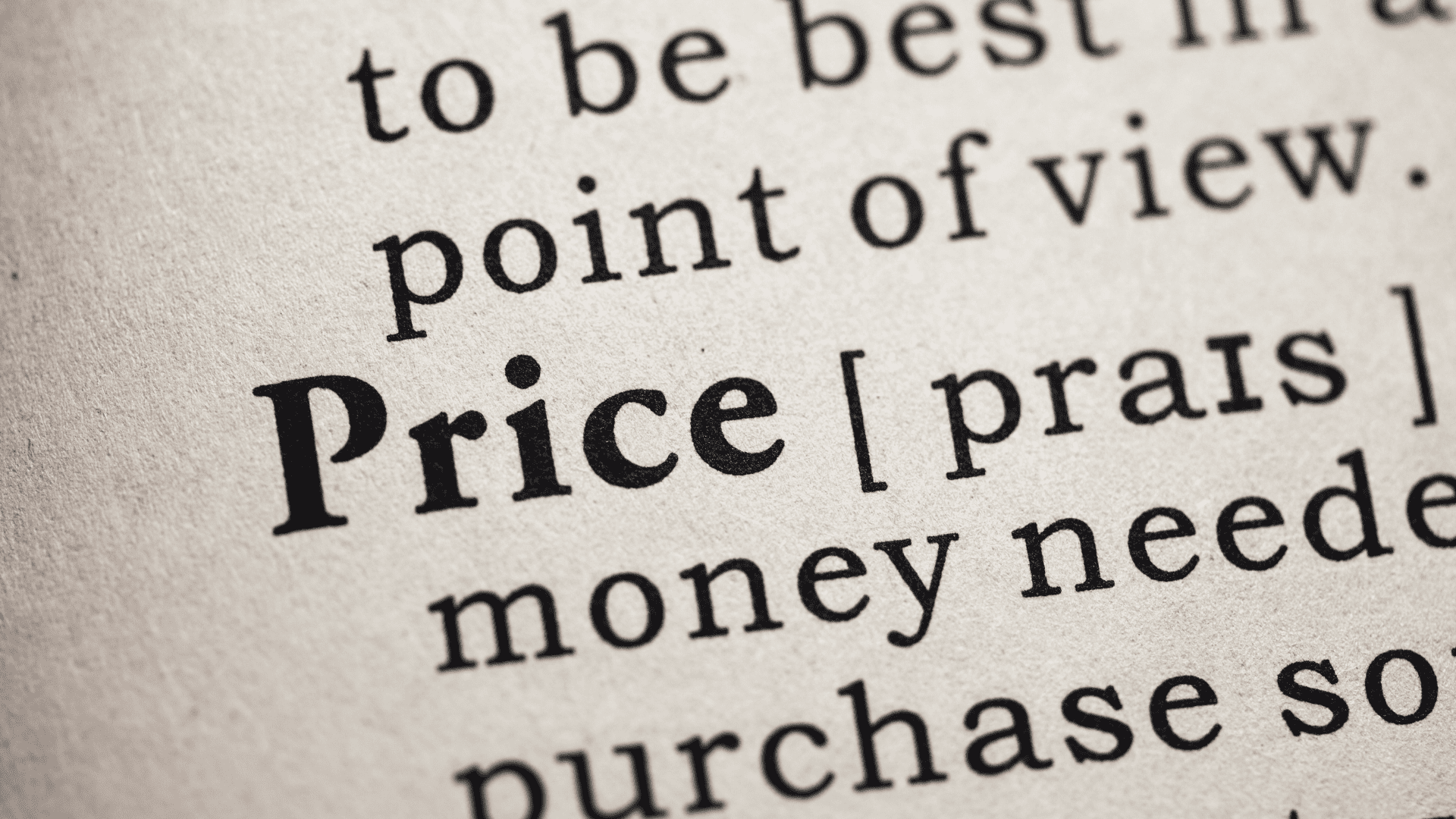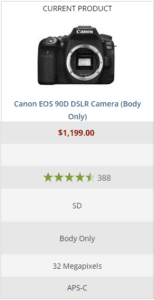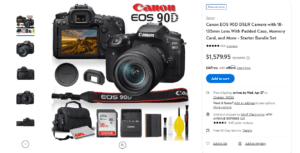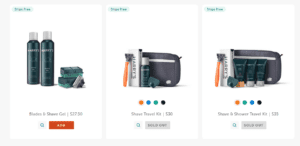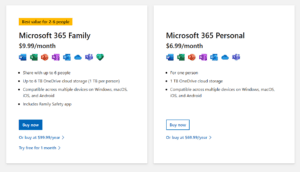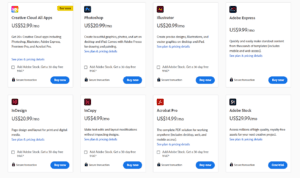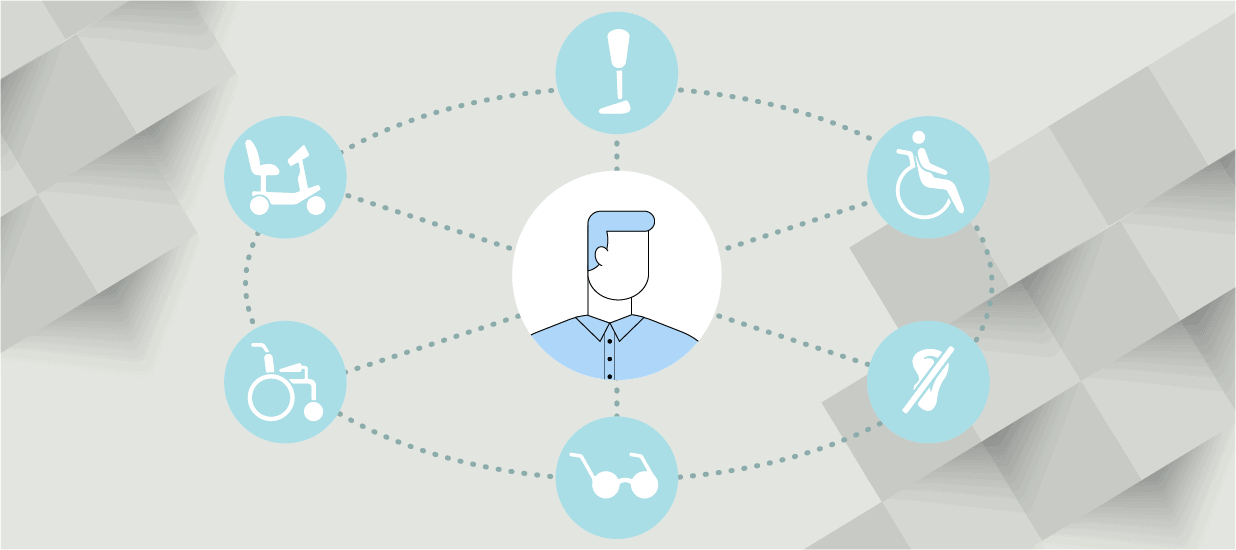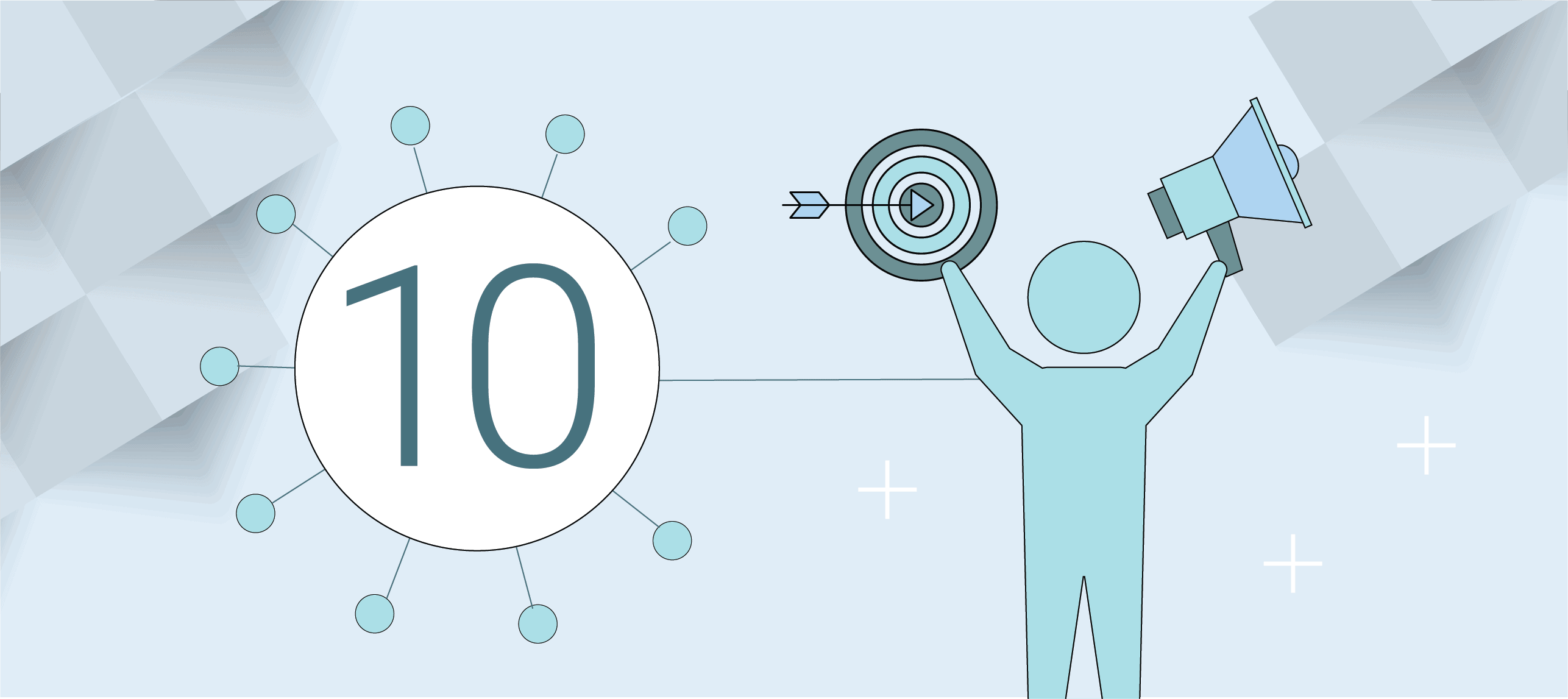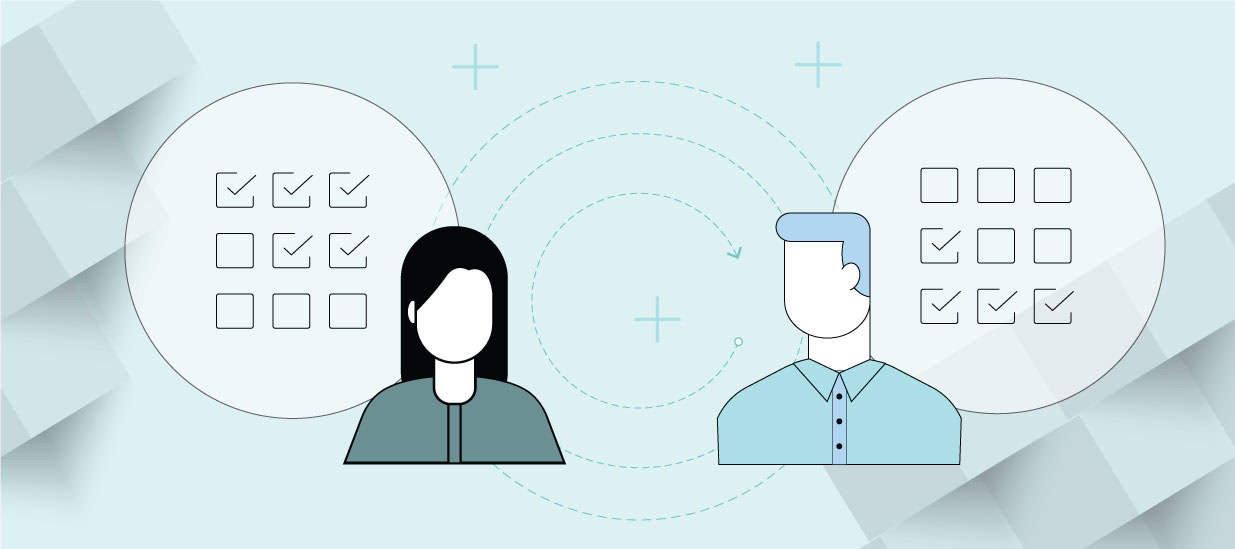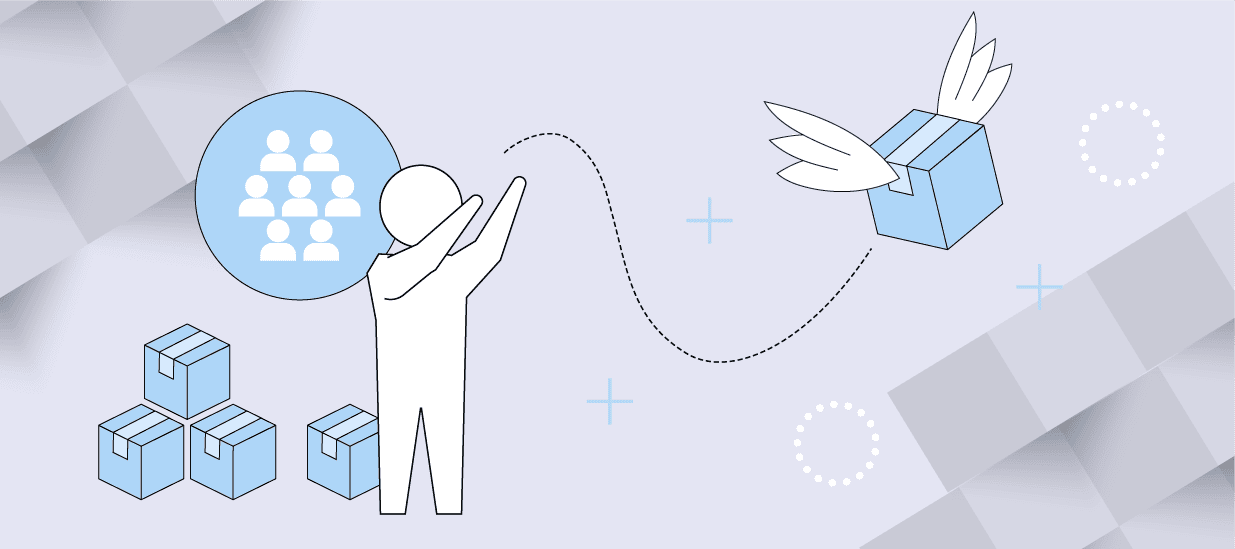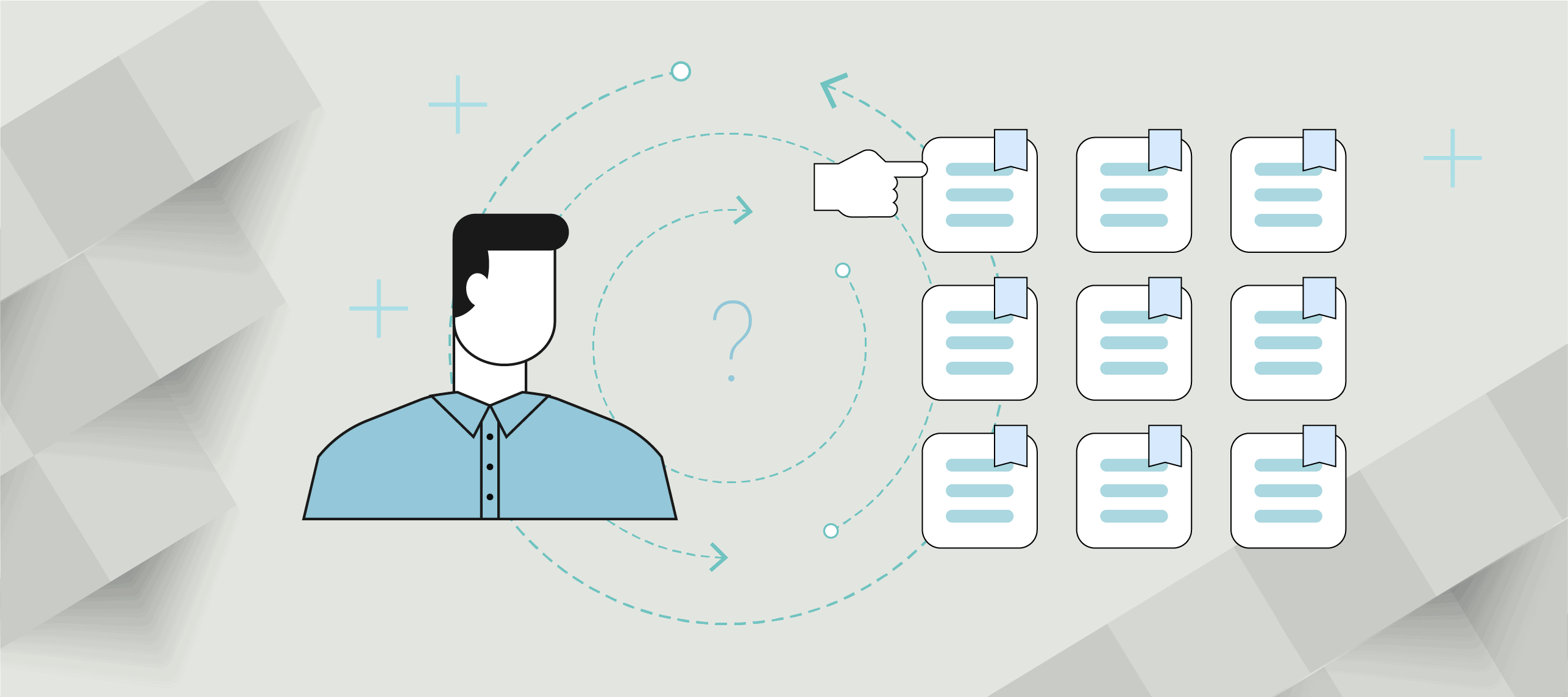Bundle pricing is simply a strategy where services or products are packaged together for one (often reduced) price rather than priced separately.
Let’s take that Canon DSLR camera you’ve been drooling over. By itself, the camera is great, but you’ll want different lenses, a protective case, lighting kits, a microphone, and all the other bells and whistles to really take advantage of everything the camera can provide.
You could purchase it all separately. But you’re an economical person, (not to mention a beginner photographer) so you look at the “starter kit” bundle.
So, what makes this strategy so effective, and it is a good option for your organization?
The magic of product bundling is answering the question, “is it worth it?” In other words, does the bundle bring me more value than the product al a carte?
This article covers some benefits of bundle pricing followed by a system for getting started.
Benefit #1: Highlight how different products and services work together to improve the buyer experience
Your newest customers might not be familiar with complementary products and services. Bundling is a way to showcase how they can maximize their experience and increase the value of their purchase.
This couldn’t be more true for Harry’s, a company that sells men’s razors and grooming products. Obviously, a consumer could choose to purchase a razor and blades, but the company sells more than these two items. To expand the interest, they create bundles like starter kits, facial kits, shower kits and shave kits.
This strategy introduces customers to other products that complement the core product.
Bundling can introduce consumers to other services too. For example, Ace Hardware utilizes bundling for their “handyman” services like: Organization & Shelving Package, Energy Saving & Noise Reduction Package or Kitchen Fire Safety Package. Each package comes with a bundle of specific services centered around a customer problem.
Finally, SAAS companies can use this strategy to provide a suite of solutions. For example, Microsoft bundles products designed to serve different types of buyers: families, business, personal and students.
So, while the consumer might purchase specifically for Microsoft Word or Excel, they might also be introduced to OneNote or Microsoft Family Safety.
Benefit #2: Simplifies the purchasing process
Most companies sell more than one product or service, and bundling is a way of simplifying the buyer experience.
Why does simplification improve conversions? Because the more decisions a customer has to make the more likely they are to feel some fatigue and uncertainty. As a result, they might say something like, “I am unsure. Let me think about it and make a decision later.”
Suddenly, they’re less excited about the product or service, not because they don’t find it valuable but because they’re tired.
At first, it can feel counterintuitive that giving buyers fewer options through bundles will increase satisfaction. However, the famous Jam Experiment, found that when buyers feel choice overload they’re more likely to second-guess their final decisions. Even worse, they might forego making any decision to buy.
In the Jam Experiment, researchers studied how consumers interact with two Jam displays. One display has six different jams and the other had 24 different jams.
While the display with 24 Jams was approached more frequently, only 3 percent of the consumers made a purchase. In contrast, 30 percent of the consumers who approached the display with six jams made a purchase.
The results of this study were replicated in a new study with Godiva chocolate where consumers were faced with deciding between either 30 different types of chocolate or 6 different types. Again, the consumers with fewer choices experienced higher satisfaction with their decision.
Benefit #3: Increases sales of products and services
Beyond simplification increasing conversions, you might also have the ability to sell more products and services that are underutilized by customers.
For example, Adobe allows consumers to purchase each product separately. So consumers can purchase Photoshop, Audacity, After Effects, Lightroom, etc. But, they can also bundle all the products together for one price that is much less than purchasing several individual products. They even draw the eye on the screen to a yellow “best value” tag on the bundled price.
It’s possible that a designer uses Photoshop, InDesign and Illustrator daily, but they could improve their Adobe experience with products like Adobe Stock or InCopy. So, while Adobe might sell few of these types of licenses, they increase usage of them through bundling.
Similarly, a service industry could using bundle pricing to bring attention to services that go unnoticed. For example, a lawn care and landscaping company is known for mowing could include a pest-control package, weed-removal package or a spring flower bed restoration package. They’ll continue their core service, but increase their value by introducing new options.
System for Starting Bundle Pricing
How does your company implement a bundle pricing strategy effectively and efficiently? Here are the three steps.
Step 1: Choose a bundle pricing approach. There are two options: pure price and mixed price.
Pure price bundling is when a product is only offered as a part of a bundle. This option is preferred if the product is only effective when combined with other products (for example DSLR camera doesn’t work without a lens) Mixed price bundling is when the product is offered both individually and in a bundle. This option is preferred when products complement or enhance one another, but also have value individually.
Step 2: Understand how customers use your products and services.
Are there obvious products or services that together add value to each other? Review your sales over the last year and look for patterns where customers made multiple purchases. Conduct competitor research to uncover what bundles might already be available on the market. When you uncover these opportunities, you can begin marketing the bundle to measure interest.
Step 3: A/B test the bundles
When you’re not sure how your customers will value the bundles, you can begin with simple A/B tests. First, utilize short-term promotional periods to determine if customers really want to buy products together and at the same time instead of separately or at different times. Next, if your customers show interest in the bundle strategy, use A/B testing to determine what products are most popular when sold together. It’ll certainly take time to determine if this is the right pricing strategy for your company, but exploring the possibilities could result in increased ROI.
Pragmatic Course Bundles
At Pragmatic Institute, we recognize that some of our courses complement each other in a way that increases the value of both. We also give buyers $100 off when they purchase both courses at once.
So, we’ve incorporated the bundle pricing strategy for
- Foundations & Focus
- Foundation & Insight
- Design & Build
- Market & Launch
> Browse All the Upcoming Pragmatic Courses
Pragmatic Course: Pricing | $1,195
Learn more about pricing segmentation in the Price course. You’ll also learn how to determine market value and how to maximize your profit while minimizing discounting.
You’ll be introduced to several pricing tools including
- Product Portfolio Worksheet
- Isoprofit Tables
- Pricing Ownership Matrix
- Value Matrix
Pragmatic Learning Network: Accelerate Your Subscription Business | $500
Pricing expert Mark Stiving brings his expertise on subscription models to our Pragmatic Learning Network to help product teams improve their subscription businesses and drive growth.
In this self-paced course, students will learn:
- The three revenue buckets and how they drive prioritization
- The three levels to pull to create and capture more value
- Which growth strategies are best based on the life cycle of a product
- The four ways to grow revenue from a single customer
Author
-

The Pragmatic Editorial Team comprises a diverse team of writers, researchers, and subject matter experts. We are trained to share Pragmatic Institute’s insights and useful information to guide product, data, and design professionals on their career development journeys. Pragmatic Institute is the global leader in Product, Data, and Design training and certification programs for working professionals. Since 1993, we’ve issued over 250,000 product management and product marketing certifications to professionals at companies around the globe. For questions or inquiries, please contact [email protected].
View all posts

